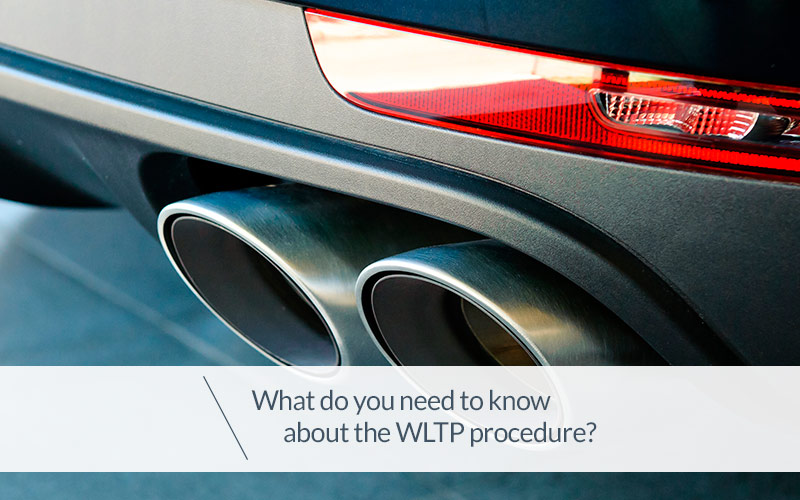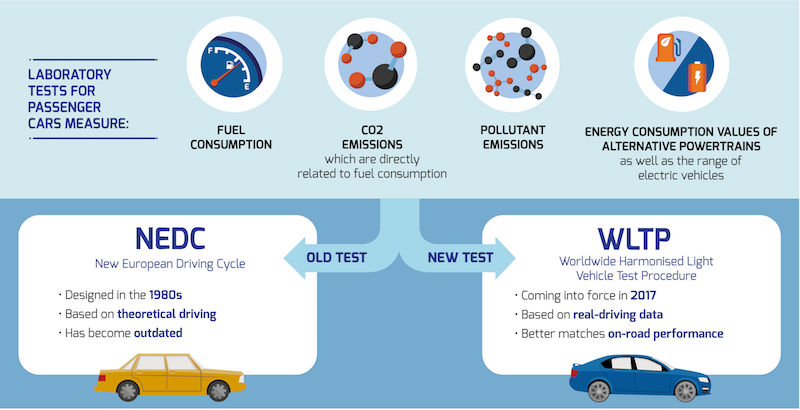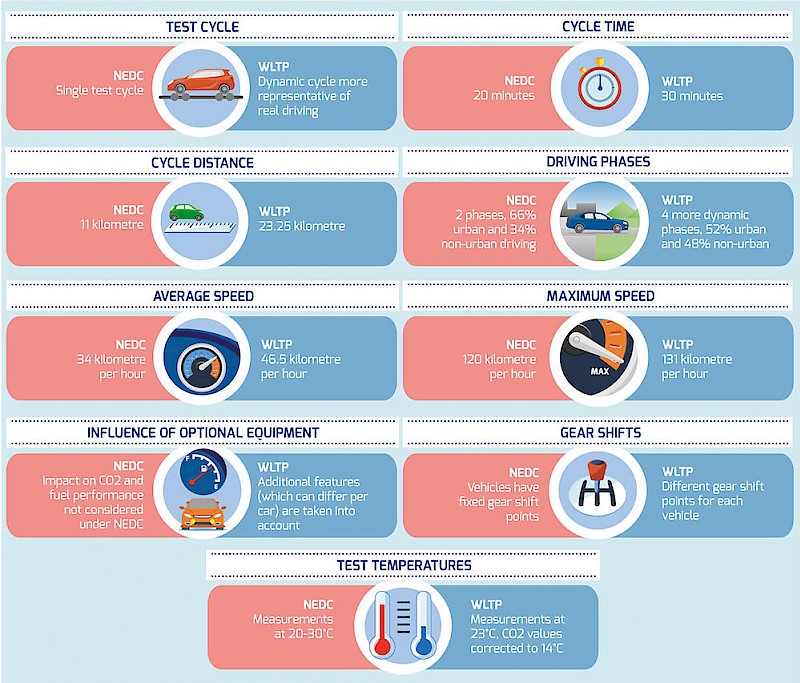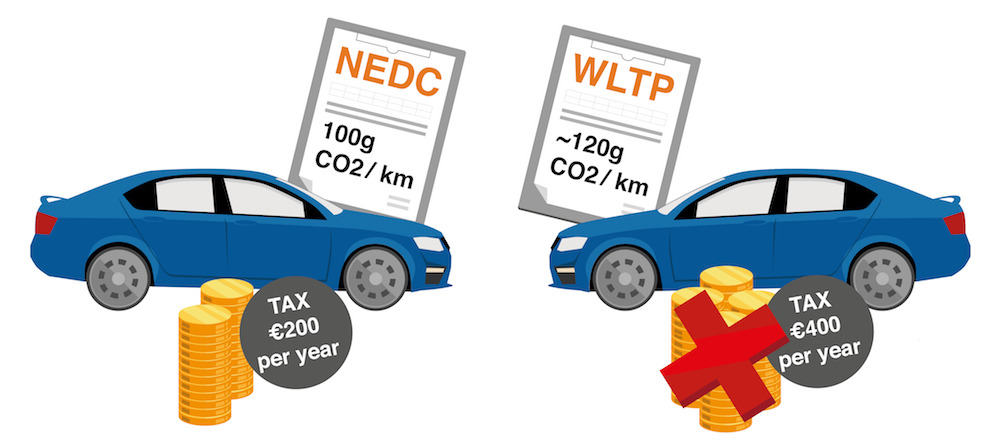
The Worldwide Harmonised Light Vehicle Test Procedure (WLTP) was introduced in September 2017 and substituted the precedingNEDC (New European Driving Cycle), developed in the 80s.
This procedure has now become compulsory for all new vehicles that adopt an internal combustion engine, as of September 2018. As stated on the WLTP official website, due to technological evolution and updated test-driving conditions, the NEDC has become obsolete, and every State adopted the WLTP.

What does the WLTP actually mean?
The new WLTP test has introduced analyses based on much more realistic tests than those of the procedure previously in use.
For example:
- more realistic driving conditions
- higher average and maximum speed limits
- optional equipment
- a wider range of driving conditions (city, suburban, highway, motorway)
- increased medium and high engine output levels
- stricter measurements regarding vehicle conditions and equipment
- testing over longer distances
- more realistic external temperature readings, in accordance with actual averages
- instead of displaying average values, WLTP tests will show consumers the top and bottom values, thus providing more accurate data
- acceleration and deceleration will be more dynamic and indeed more realistic
- shorter braking distances
The new implementations plus the improved analyses conducted during the tests, mean that the WLTP procedure generates more accurate data of vehicles’ fuel consumption and CO2 emissions than the preceding NEDC procedure.

Two different co-existing tests and the consequent confusion
As mentioned, the new WLTP test substituted the preceding NEDC test, but not before the latter had become obsolete in the European Union.
Indeed, the new test cannot be applied retroactively, which means that as of September 2017 the models previously registered have continued to be presented with the CO2 values measured through the NEDC test.
Instead, cars registered after September 2017, show CO2 emission values conducted via both tests on the official documentation.
The presence of different values for the same vehicle has caused some confusion, complicating the comparisons between vehicles.
In addition, during the transition period, fiscal and tax issues have been more complex because of the two varying values, since many countries apply vehicle taxes according to the amount of emissions a vehicle may exceed a threshold value.

How has the changeover been handled?
In order to shed some light on this grey area, the date of the 1st January 2019 was established as the final date to pass over to the WLTP test alone (with some exceptions):
- all vehicles at dealerships must only conduct WLTP test values
- end-of-series vehicles are considered an exception: this was done in order to allow the sale of a limited number of vehicles belonging to unsold stocks, which had been put on the market according to the NEDC test
- national governments will have to regulate vehicle taxes and fiscal incentives according to WLTP values, ensuring however that there is no negative impact on the consumer
What are the effects on the automobile market?
This legislation, the forecasted deadlines and the confusion in which the automotive companies have been forced to operate has made fulfilling requirements on time more complex.
Indeed, many vehicles with CO2 emissions below 110g/km or 130g/km with the NEDC are now in fact “non-compliant”.
Many companies have been forced to cancel or postpone the launch of new models onto the marketplace, reacting with a further push towards the electrification of the entire fleet, a solution that would allow them to adhere to the parameters set by the new test.



